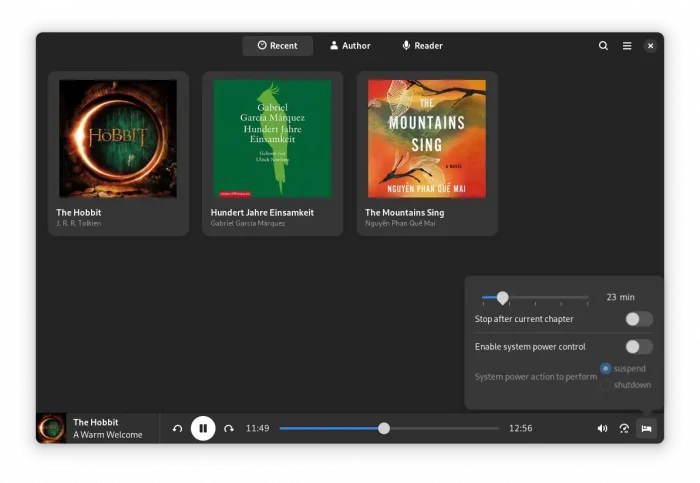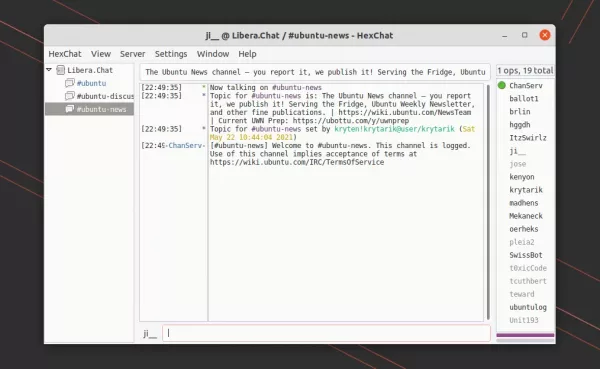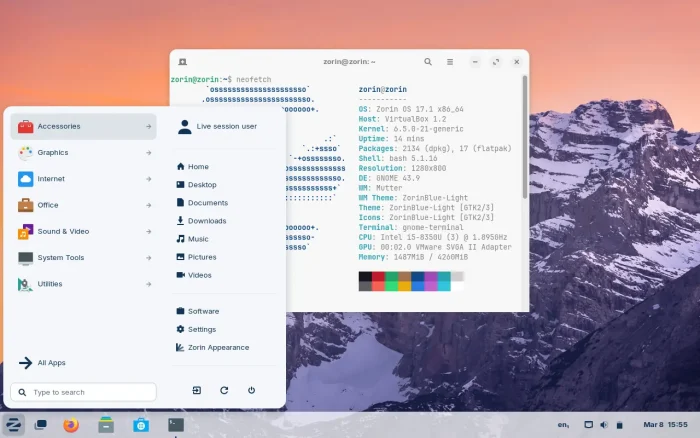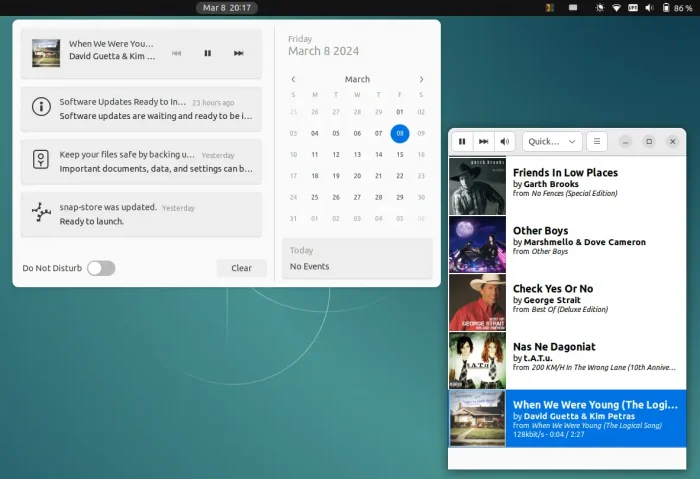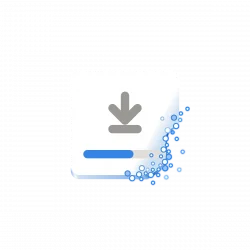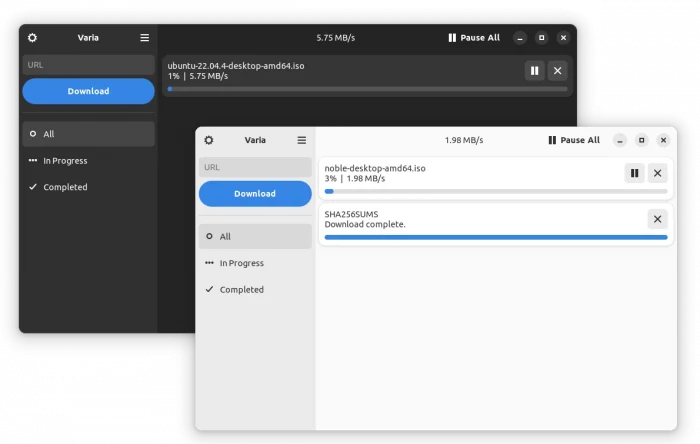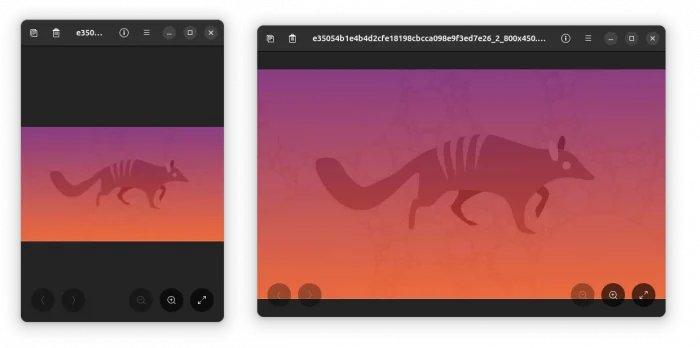After almost 2 years, Cozy audiobook player, finally announced new 1.3.0 release days ago.
Cozy is a free open-source application for Linux, allows to listen to your DRM free mp3, m4b, m4a (aac, ALAC, …), flac, ogg and wav audio books.
The new release ported the UI to GTK4 plus LibAdwaita. It now looks more native, well integrated in Ubuntu, Fedora, and other Linux with recent GNOME Desktop, and automatically switch to dark mode when system switched to dark style.
Other changes include:
- Improved mobile support
- Smaller visual refinements to match the state of the art of GNOME apps
- Dozens of bug fixes and performance improvements
- Significant cleanup and improvements to the codebase
- As always, updated translations thanks to all translators!




